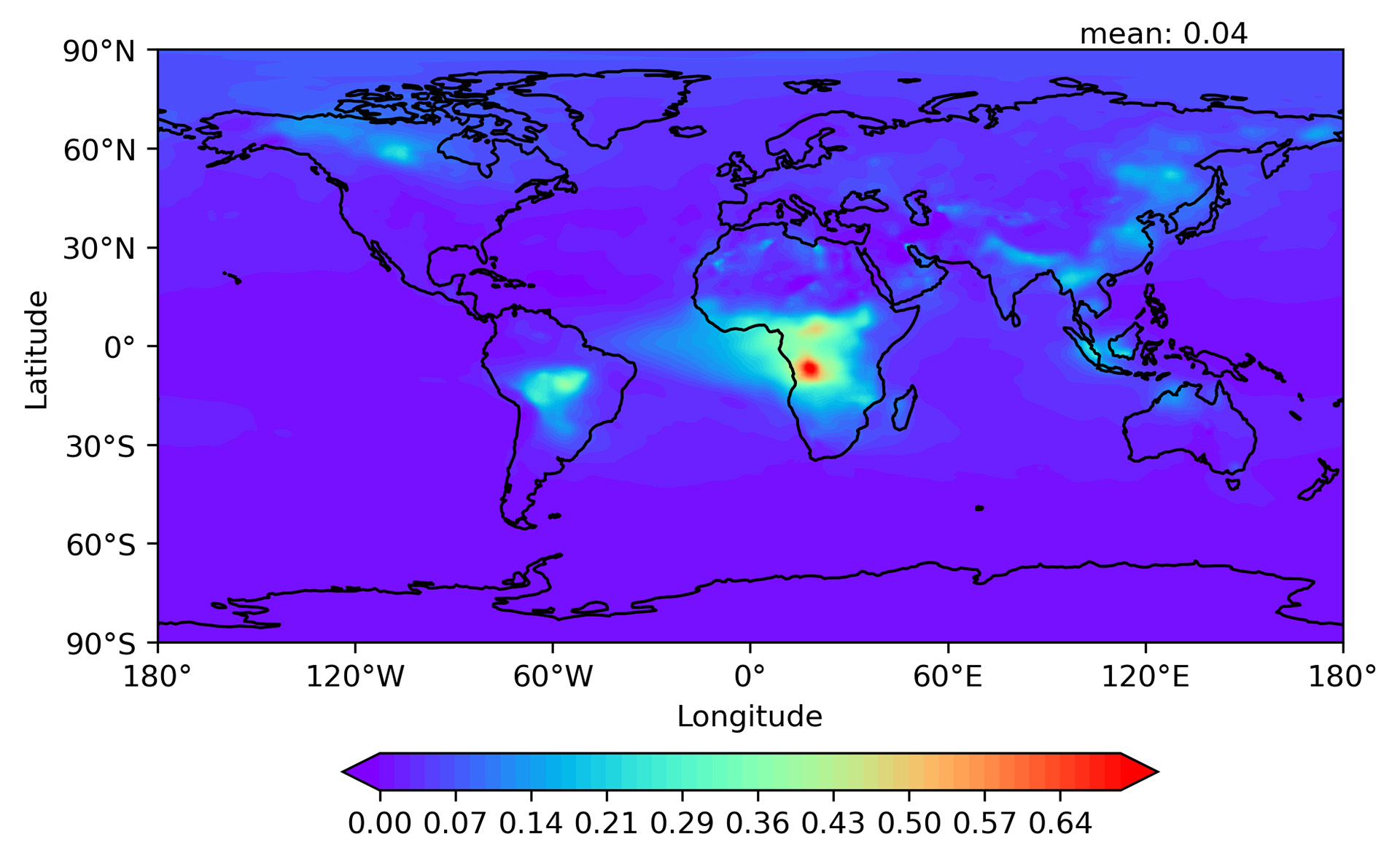Brown Carbon Aerosols
Among the many contributors to climate change are aerosols in the atmosphere. These tiny particles suspended in the air come from many sources, some natural and some man-made. Some aerosols are organic (containing carbon), while others are inorganic (such as sea salt and sulfates). Most aerosols reflect sunlight, and some also absorb it. Many of these nanoparticles have severe health effects in addition to climate effects. Human activities that produce aerosols include transportation, industry, and agriculture.
Black carbon particles (a component of soot) originating from combustion processes have been known for some time to absorb sunlight and warm the atmosphere, and pollution controls have been put into place to reduce their emissions and their effects.
More recently, “brown carbon” (light-absorbing organic carbon) has attracted interest as a possible cause of climate change. This class of organic carbon, known for its light brownish color, absorbs strongly in the ultraviolet wavelengths and less significantly going into the visible. Types of brown carbon include tar materials from smoldering fires or coal combustion, breakdown products from biomass burning, a mixture of organic compounds emitted from soil, and volatile organic compounds given off by vegetation.
Laboratory and field experiments have provided evidence for the existence of light-absorbing organic carbon. However, in many global climate models, organic particulates are still considered scattering aerosols, reflecting sunlight only. In Feng et al. (2013), we used a global chemical transport model to examine the enhancement in atmospheric absorption due to brown carbon with emissions for year 2000 and generated the first estimate of the global direct radiative forcing of brown carbon. (Radiative forcing is estimated as the difference in the calculated radiative fluxes with and without brown carbon.)
The model simulations suggest that brown carbon contributes +0.25 W m-2, or about 19% of the total atmospheric absorption by anthropogenic aerosols; 72% is attributed to black carbon and 9% is due to the coating effect of sulfate and organic aerosols on black carbon. As for black carbon, the overall forcing by brown carbon at the top of the atmosphere is a warming effect (+0.11 W m-2), while the effect at the surface is cooling (-0.14 W m-2). The magnitude and sign of the estimated forcing imply that brown carbon can play an important role in photochemistry and the hydrologic cycle, especially over source regions dominated by biomass burning and biofuel combustion.
Unlike black carbon, the absorption efficiency of brown carbon is highly variable, depending on its sources (i.e., forest fire, agricultural burning, or residential cooking) and burning conditions (flaming versus smoldering). To account for the high variability in brown carbon absorption, we developed a source-dependent parameterization (or method) based on laboratory and field observations and published this method in Lu et al. (2015).
Subsequently, field observations revealed that the brown carbon absorption does not stay constant in the atmosphere; instead, it evolves as brown carbon is transformed chemically or preferentially removed by wet deposition. As a result, “aged” brown carbon becomes more transparent (bleached), and thereby absorbs less light. In Brown et al. (2018), we developed a method to model the time evolution of brown carbon absorption and examined the radiative effects of brown carbon in global climate model simulations (Community Atmospheric Model 5.3). This study provides the first estimate of brown carbon indirect radiative effect through clouds (0.009 W m-2), compared with the direct radiative effect (0.055 W m-2).
